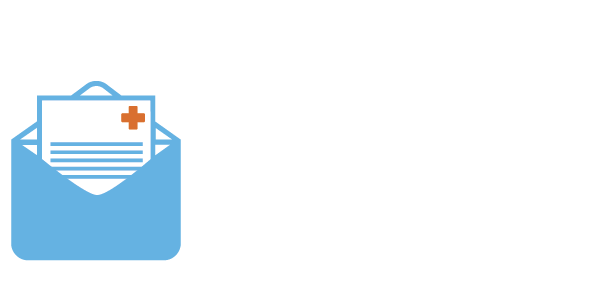Anxiety Disorders & Panic Attacks: Signs, Treatments, and Coping Strategies
Anxiety disorders are among the most common mental health conditions, affecting millions of people worldwide. While it’s normal to feel anxious before a big event or during stressful situations, persistent or overwhelming anxiety can interfere with daily life, work, and relationships.
Panic attacks, a hallmark symptom of many anxiety disorders, can be frightening and debilitating, leading to increased stress and avoidance behaviors. Fortunately, with the right treatments and coping strategies, anxiety is manageable.
In this article, we’ll explore: ✅ Signs & symptoms of anxiety disorders and panic attacks
✅ Effective treatment options: Medication vs. therapy
✅ Coping strategies for daily anxiety management
✅ Latest research & new treatment approaches
Recognizing the Signs of Anxiety Disorders & Panic Attacks
Anxiety disorders present in different ways, from generalized anxiety disorder (GAD) to social anxiety, phobias, and panic disorder. Common symptoms include:
🔹 Excessive worrying that’s difficult to control
🔹 Restlessness or feeling on edge
🔹 Rapid heartbeat & shortness of breath
🔹 Sweating, trembling, or dizziness
🔹 Difficulty concentrating or sleeping
🔹 Avoiding situations that trigger anxiety
What is a Panic Attack?
A panic attack is a sudden episode of intense fear that triggers severe physical reactions, often without an obvious cause. Symptoms can mimic those of a heart attack, leading many people to seek emergency care.
🚨 Common Panic Attack Symptoms: ✅ Racing heart or chest pain
✅ Shortness of breath or choking sensation
✅ Dizziness or feeling faint
✅ Hot flashes or chills
✅ Numbness or tingling in the hands and feet
✅ A sense of impending doom or loss of control
If you experience frequent panic attacks, it may indicate panic disorder, which can be effectively managed with the right treatment.
Medication vs. Therapy: What Works Best?
1. Therapy for Anxiety Disorders
🔹 Cognitive Behavioral Therapy (CBT): Considered the gold standard, CBT helps identify and challenge negative thought patterns.
🔹 Exposure Therapy: Helps desensitize individuals to anxiety triggers.
🔹 Mindfulness-Based Therapy: Focuses on relaxation techniques and stress reduction.
🔹 Group Therapy & Support Networks: Provides shared experiences and coping tools.
2. Medications for Anxiety & Panic Attacks
🔹 Selective Serotonin Reuptake Inhibitors (SSRIs): Commonly prescribed antidepressants like sertraline, fluoxetine, and escitalopram.
🔹 Benzodiazepines (Short-Term Use): Fast-acting medications like Xanax or Valium, used for acute panic attacks but with a risk of dependency.
🔹 Beta-Blockers: Help manage physical symptoms like rapid heart rate and trembling.
🔹 Buspirone: A non-addictive option for generalized anxiety.
🔎 What’s Best? Many individuals benefit from a combination of therapy and medication, tailored to their specific needs by a mental health professional.
Coping Strategies: Managing Anxiety in Daily Life
1. Deep Breathing & Grounding Techniques
🌬️ 4-7-8 Breathing Method: Inhale for 4 seconds, hold for 7, and exhale for 8. This helps calm the nervous system.
2. Physical Activity
🏃 Exercise, particularly aerobic activities like running or yoga, releases endorphins that reduce stress.
3. Healthy Diet & Sleep Habits
🥑 Eating a balanced diet rich in omega-3 fatty acids, magnesium, and probiotics supports mental well-being. 😴 Prioritize sleep—poor rest increases anxiety levels.
4. Reduce Stimulants & Alcohol
❌ Caffeine & alcohol can worsen anxiety symptoms and disrupt sleep.
5. Mindfulness & Relaxation
🧘 Meditation, progressive muscle relaxation, and journaling can help manage racing thoughts.
6. Identify Triggers & Challenge Negative Thoughts
📝 Keep a journal of anxiety triggers and practice reframing negative thoughts.
Latest Research & New Treatment Options (2024 Updates)
🔹 Ketamine Therapy: Shown to provide rapid relief for treatment-resistant anxiety.
🔹 Psychedelic-Assisted Therapy: Studies suggest that psilocybin (magic mushrooms) may help reduce anxiety in controlled clinical settings.
🔹 AI & Digital Mental Health Apps: Personalized cognitive behavioral therapy (CBT) via mobile apps.
🔹 Neurostimulation Treatments: Emerging research on transcranial magnetic stimulation (TMS) for severe anxiety.
When to Seek Professional Help
If anxiety or panic attacks interfere with daily life, it’s essential to seek professional support. Signs that you may need additional help include:
🚨 Frequent panic attacks that disrupt daily activities
🚨 Avoidance of social situations or work-related stressors
🚨 Relying on substances like alcohol or drugs to cope
🚨 Persistent negative thoughts or suicidal ideation
📌 Doctorsnote.com.au provides information on medical leave for stress-related conditions. If anxiety is affecting your ability to work, consult a licensed healthcare provider about available support options.
Final Thoughts: Anxiety is Treatable
Anxiety disorders and panic attacks can feel overwhelming, but they are highly treatable with the right combination of therapy, lifestyle changes, and, in some cases, medication. Seeking help is a sign of strength, not weakness.
💬 What has helped you manage anxiety? Share your experience in the comments!
📢 If this article was helpful, share it with someone who might need it!
📚 Related Articles:
Depression & Mood Disorders: Signs, Coping Strategies, and When to Seek Help

